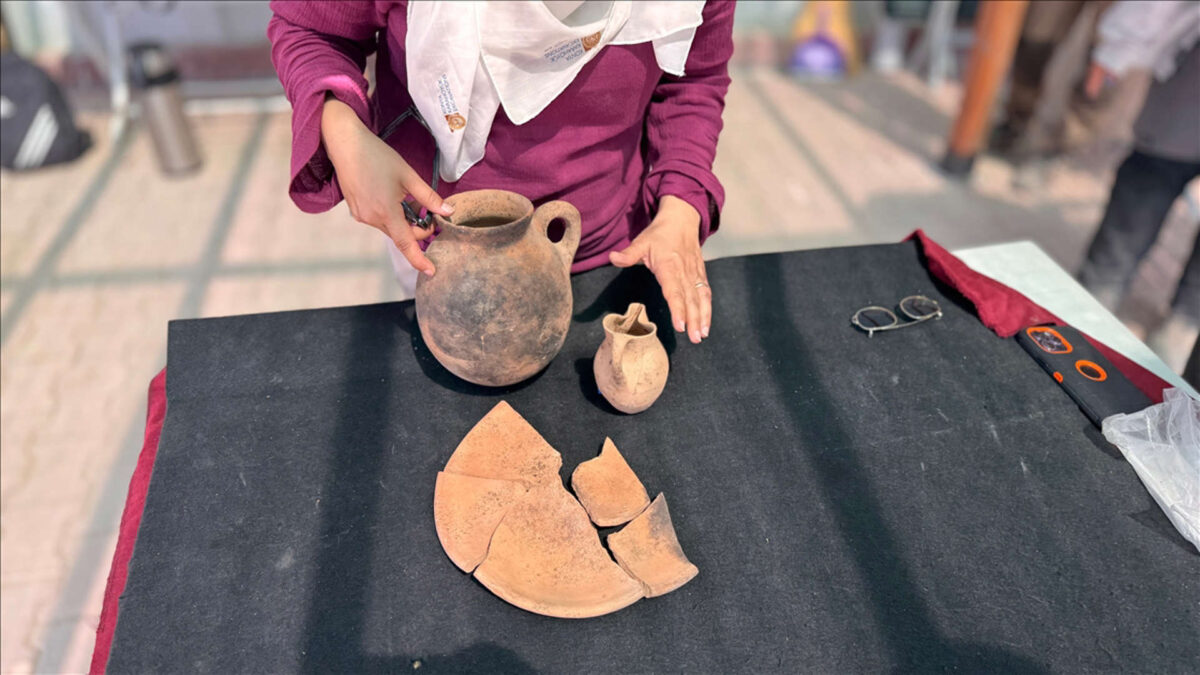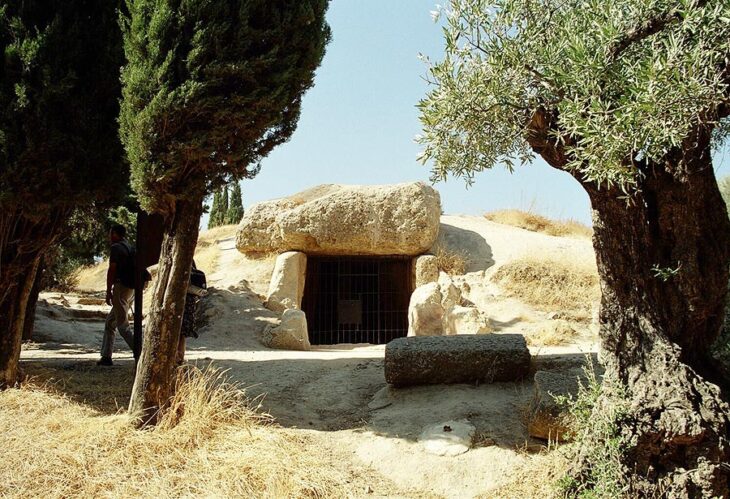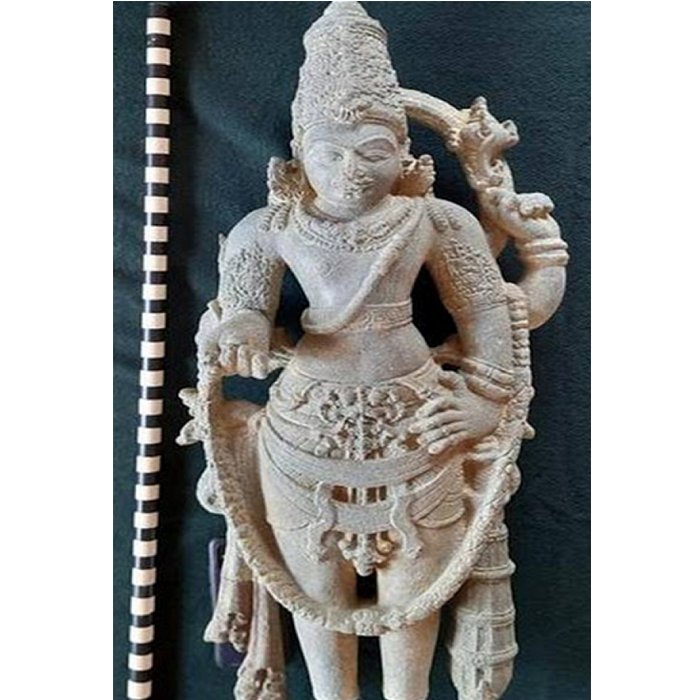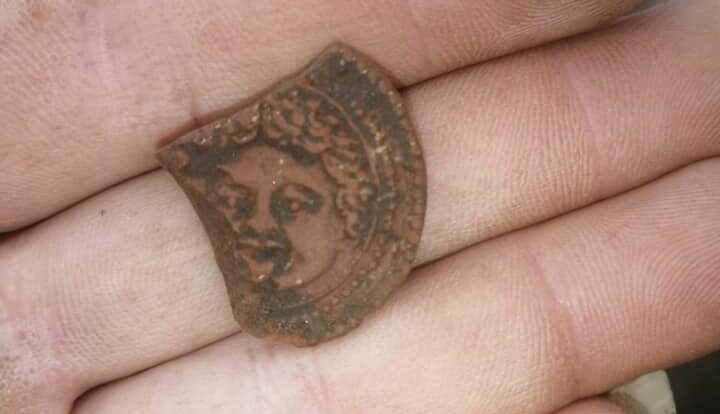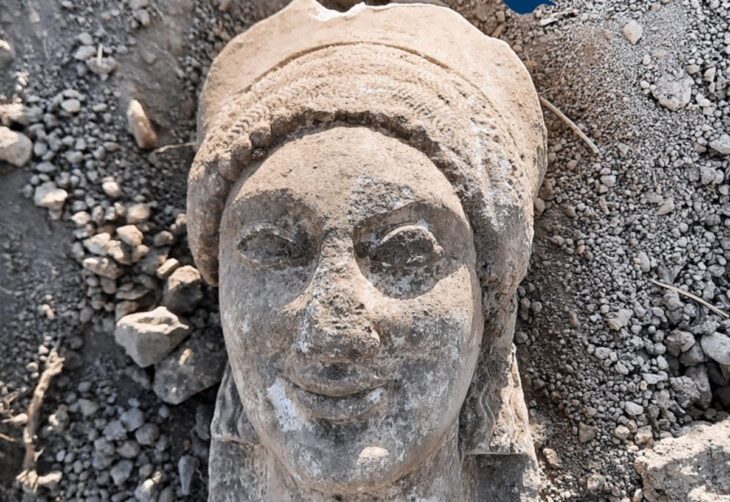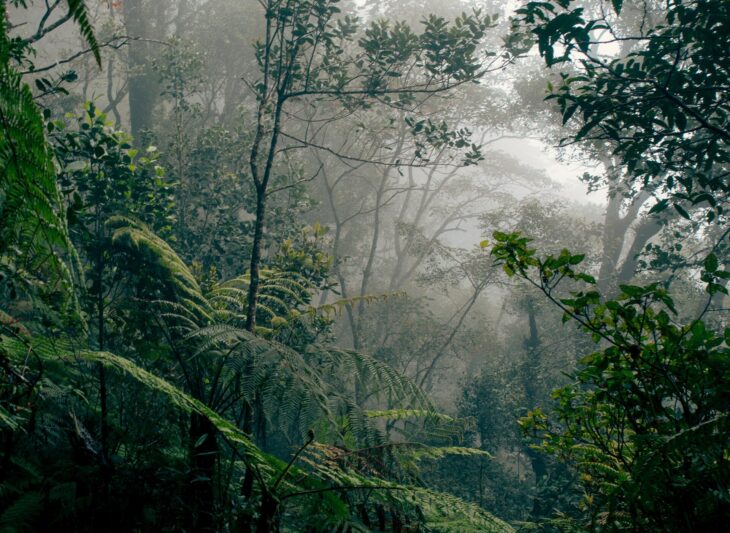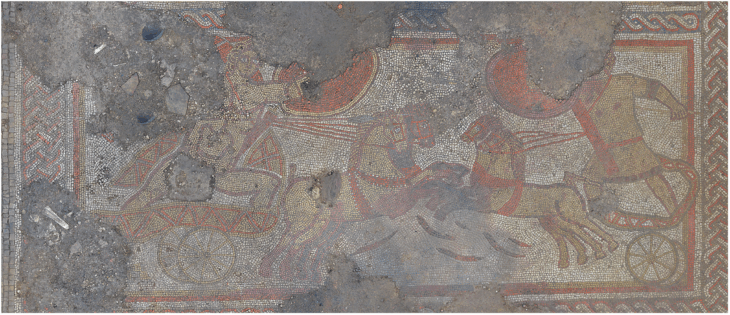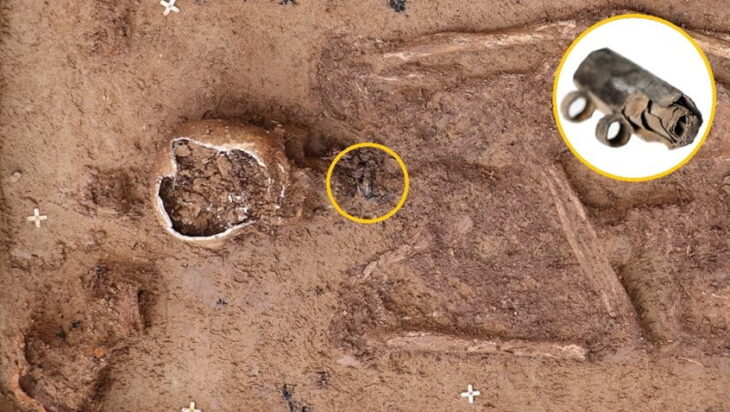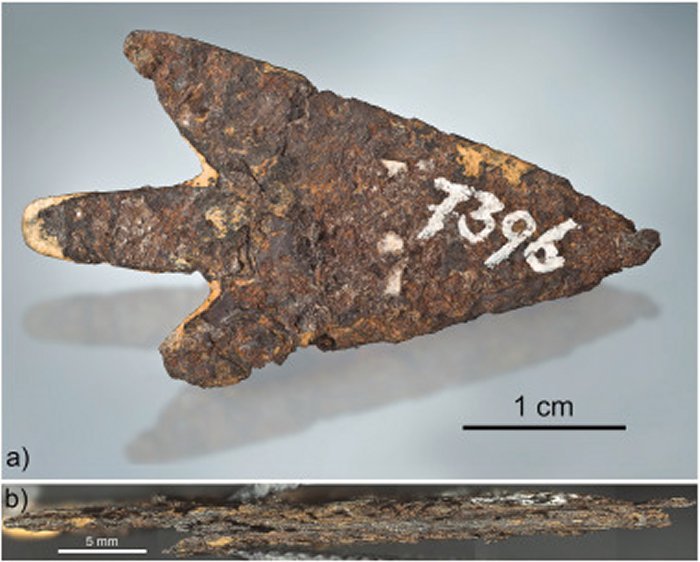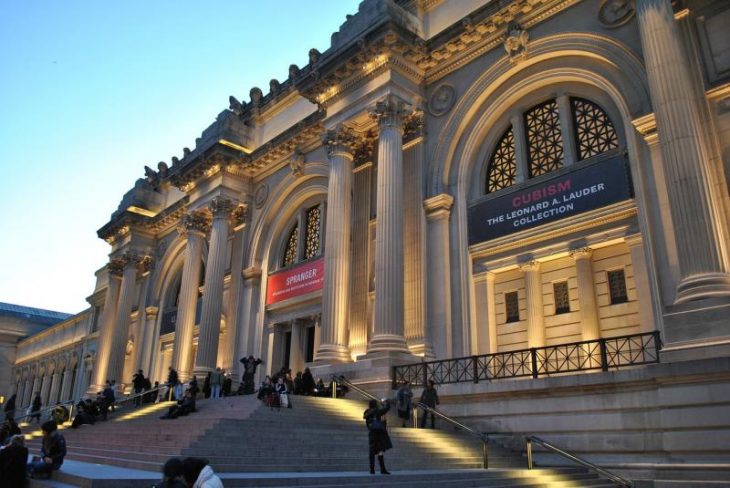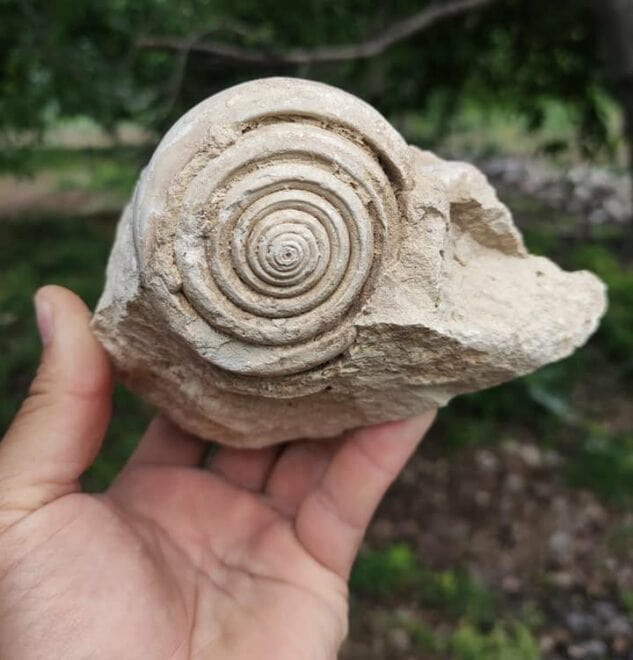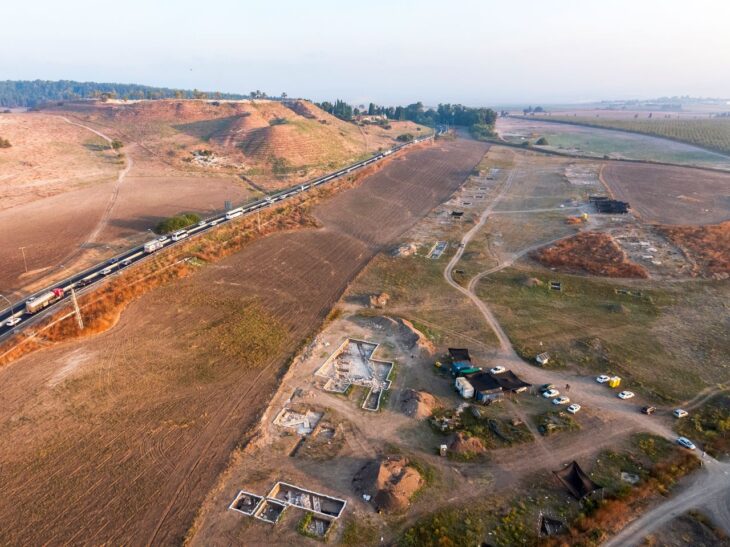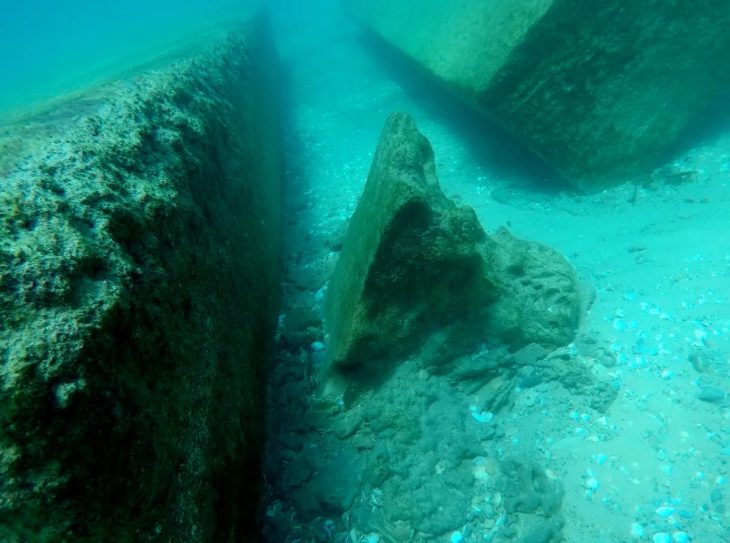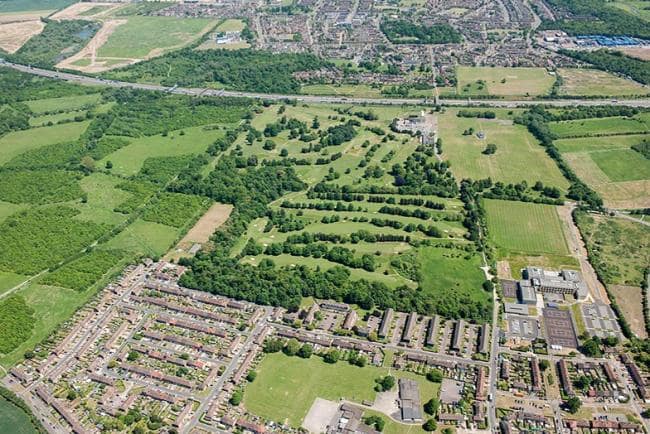Archaeologists in Türkiye have uncovered an extraordinary 3,500-year-old dining set, including a jug, plate, and cup, during excavations at Konya’s Karahöyük.
Located in the Meram district, Karahöyük is one of Anatolia’s most significant archaeological mounds. Dating back to around 2000 BCE, Karahöyük provides uninterrupted layers of historical information from pre-Hittite Anatolia. The discovery provides new insights into daily life, trade, and religious practices of ancient Anatolian civilizations.
Karahöyük: A Key Archaeological Hub
Karahöyük, covering approximately 30 hectares and located just 7 kilometers southeast of Konya city center, has been a focus of archaeological research since the mid-20th century.
Initial excavations were conducted in 1953 by Prof. Dr. Sedat Alp, revealing 27 cultural layers spanning from the Chalcolithic period (c. 4500–3200 BCE) through the Late Bronze Age.
Today, under the leadership of Associate Professor Dr. Gonca Dardeniz Arıkan from Istanbul University, excavations continue with modern techniques, uncovering structures, artifacts, and public buildings that illustrate the region’s rich social and economic history.
📣 Our WhatsApp channel is now LIVE! Stay up-to-date with the latest news and updates, just click here to follow us on WhatsApp and never miss a thing!!
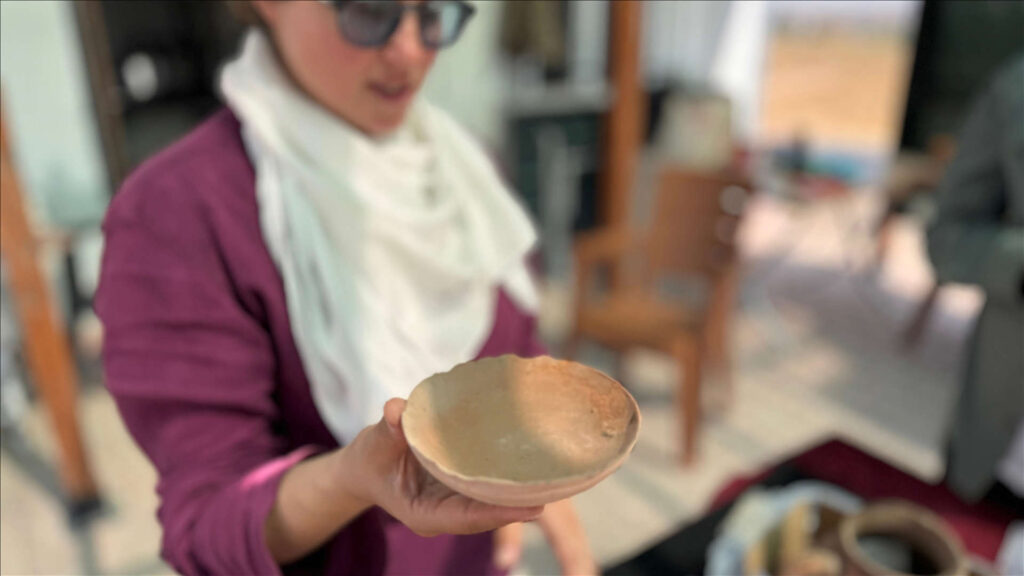
The Dining Set and Daily Life
The recently uncovered dining set, found within a public building dating to around 2000 BCE, consists of a jug, clover-mouthed pot, and plate. This ensemble is one of the rare instances where such items were found as a complete set, highlighting the inhabitants’ culinary practices.
According to Dr. Arıkan, the set provides a unique window into both adult and child life in Karahöyük, as miniature animal figurines and toys were also discovered nearby, reflecting leisure activities of the period.
In a statement to Anadolu Agency, Dr. Arıkan said: “Within the public building, there are cremation graves and an altar that shed light on the spiritual beliefs of the community. We continue to gather information about agricultural activities, daily life, and production practices. We have uncovered a 3,500-year-old clay bull figurine. Children are always children—they need something to play with or keep themselves entertained, which is why we also found wheeled or animal miniature toys. Additionally, there is a lead figurine of a goddess, likely used as an amulet. From the area associated with eating and drinking activities, we discovered a kitchen set comprising a jug, a clover-mouthed pot, and a plate—found together as a complete set. The restoration of the cup has been completed, and the plate is still undergoing restoration. These artifacts are being prepared for exhibition in the museum.”
Dr. Arıkan also noted that 60 infant burials have been uncovered at the mound.
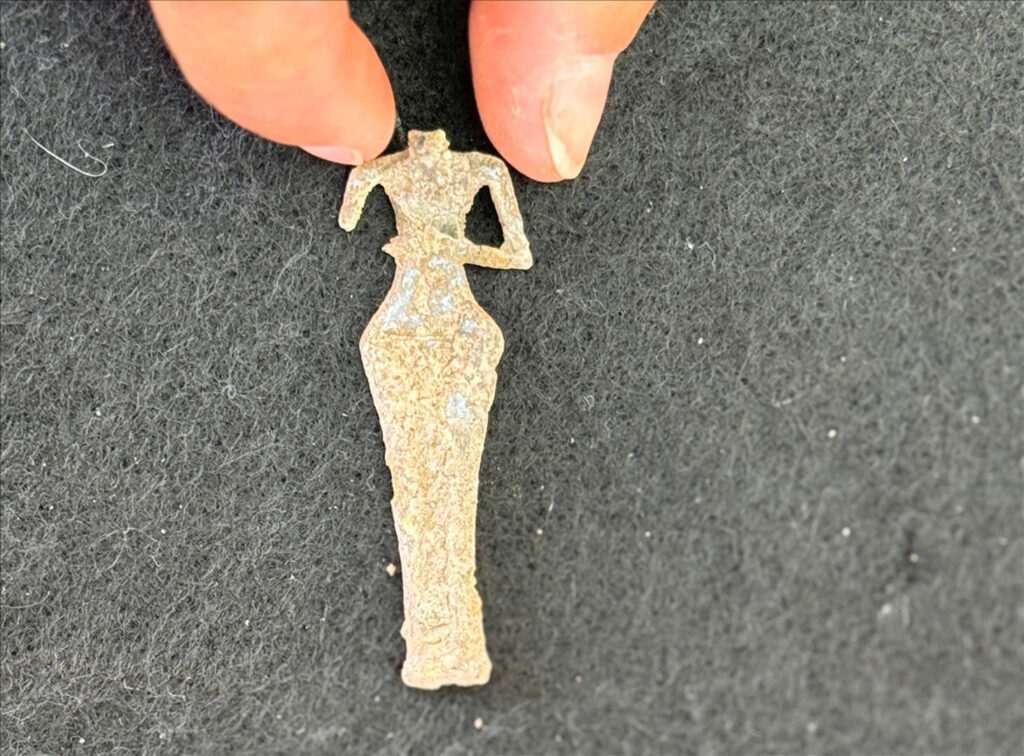
Religious and Funerary Contexts
Excavations revealed cremation graves and small shrines within the same area, offering valuable insight into the religious beliefs of the time. Among the findings were clay bull figurines, goddess-shaped amulets made from lead, and ritual objects, all of which shed light on the spiritual practices of the community.
These discoveries demonstrate a society where religious life was intertwined with daily routines and communal gatherings.
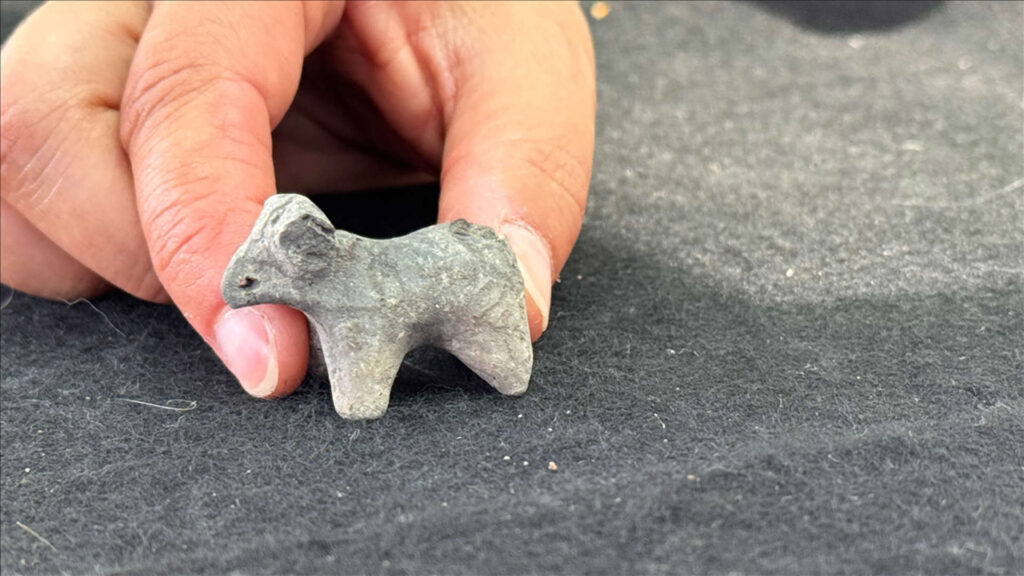
Trade and Economic Evidence
One of the most striking findings was a collection of silver plaques wrapped in cloth, believed to belong to a local merchant. These artifacts indicate that Karahöyük was a prominent trade center in ancient Anatolia.
“We are witnessing the economic systems of 3,500 years ago,” Dr. Arıkan explained. “Merchants used seals and marked tokens for accounting, similar to modern business practices. These discoveries represent the earliest traces of organized trade and commerce in the region.”
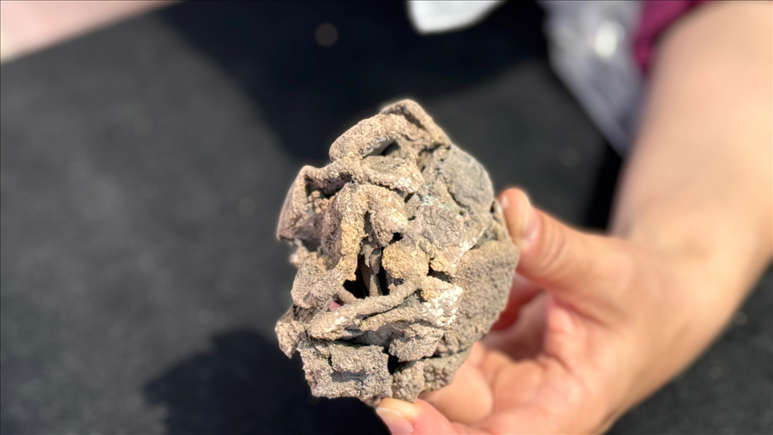
Social Structure and Settlement Patterns
The site has also yielded 60 infant burials and various production tools, emphasizing that Karahöyük was not merely a trading hub but a fully inhabited settlement with complex social structures. Findings from household areas, workshops, and communal buildings provide a comprehensive picture of social organization, economic activity, and cultural life.
The discoveries at Karahöyük, including the 3,500-year-old dining set, silver trade plaques, and ritual objects, provide an unprecedented glimpse into the lives of ancient Anatolians. As excavations continue, researchers anticipate uncovering further evidence that will enrich the broader narrative of Near Eastern archaeology.
Cover Image Credit: Abdullah Doğan – Anadolu Agency

